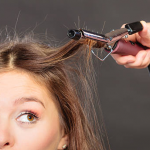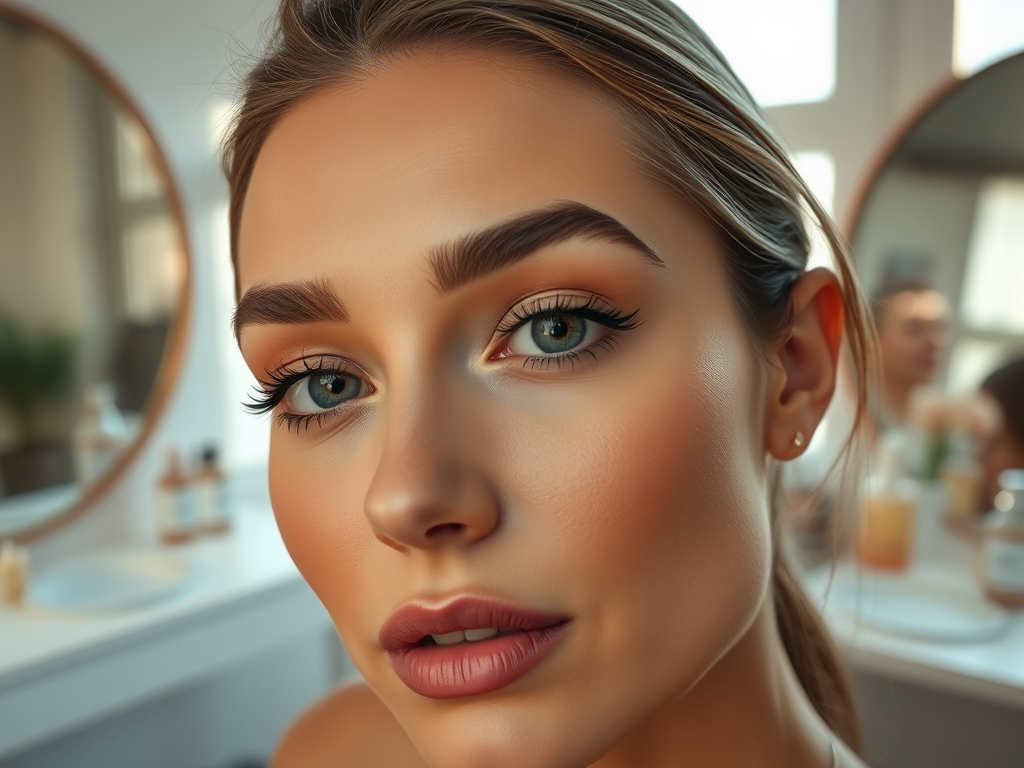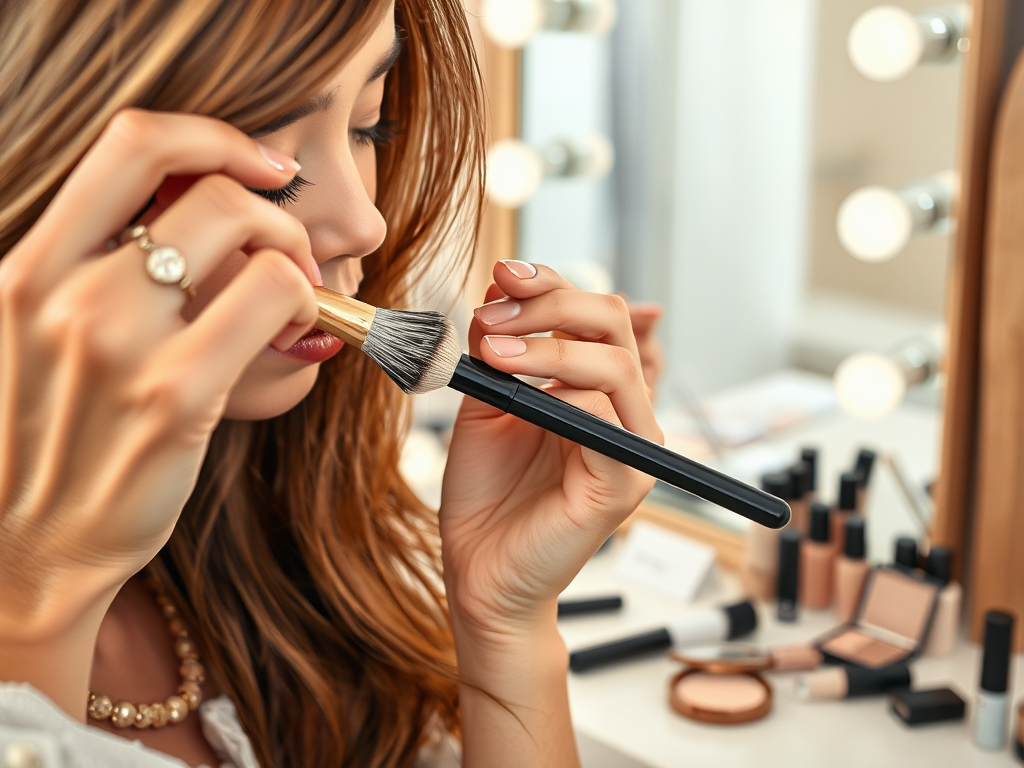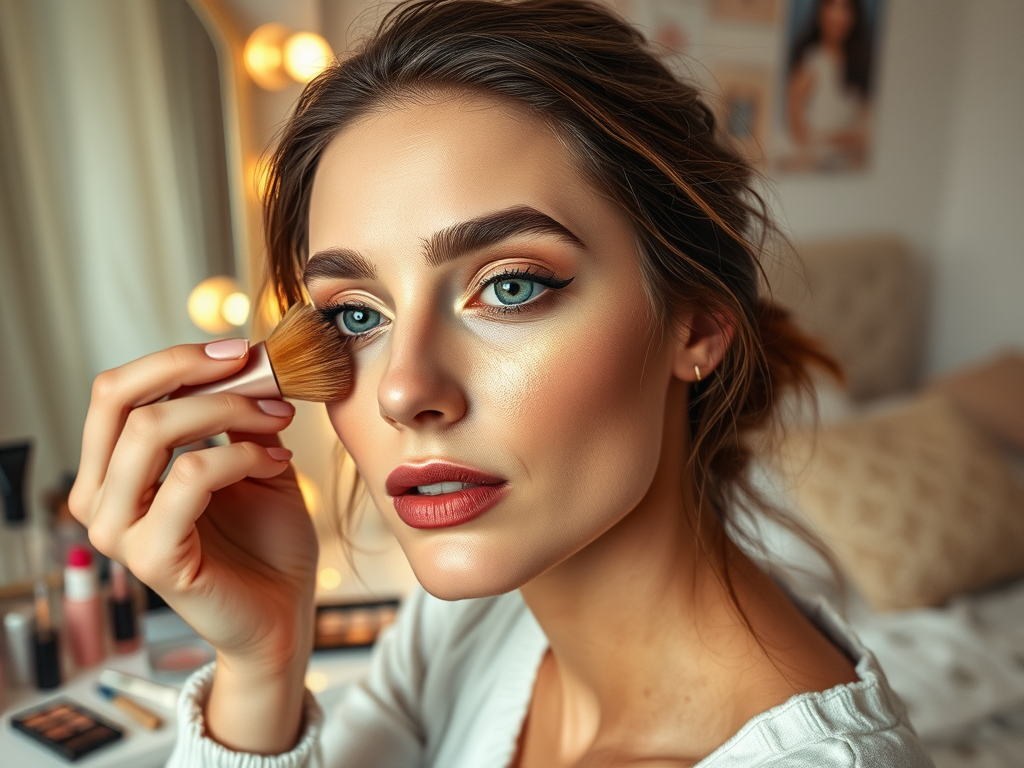When it comes to altering hair color, there may come a time when you want to strip out an existing dye to return to your natural hair color or to apply a new shade. Stripping color from hair without causing damage is challenging, but with the right methods and precautions, it can be done safely. This article will explore how to do just that, guiding you through natural approaches, careful use of chemical color removers, and the essential aftercare needed to maintain your hair’s health throughout the process.
Understanding Hair Color Removal
The Basics of Hair Dye
Hair dye alters the color of your hair by penetrating the hair cuticles and reaching the cortex where it changes the hair’s natural pigment. While this can create the desired color change, removing the dye involves reversing this process without stripping the hair of its natural oils and strength. Hair color removal can be particularly harsh because it not only tries to remove the added pigment but could also affect the underlying natural color, leading to potential damage and brittleness.
The Risks of Stripping Hair Color
One of the risks of color removal is the over-processing of hair. This can result from excessive use of bleach or high-lift hair color removers, which can dehydrate the hair, leading to breakage, split ends, and an overall compromised hair structure. To avoid these risks, it’s critical to approach color stripping carefully, respecting the chemistry of the hair dyes and the delicate nature of your hair strands.

Preparing for a Safe Color Removal
Assessing Your Hair’s Condition
Before embarking on the process of color removal, it’s pivotal to assess your hair’s current condition. Is it already damaged from previous dye jobs or heat styling? Does it feel dry or brittle? Taking inventory of these factors will dictate the safest method for color removal. If your hair is fragile, a gentler approach is needed, possibly spreading out the color removal process over several weeks to minimize stress on your hair.
Choosing the Right Approach
Choosing an appropriate method for color stripping often boils down to a choice between natural remedies and chemical color removers. This decision depends on several factors, including the extent of color change desired, the original hair color, the type of dye used (semi-permanent vs. permanent), and the overall health of your hair. Here’s a simple table to help you decide on a starting point:
| Consideration | Natural Methods | Chemical Removers |
|---|---|---|
| Hair Health | Less risky for damaged hair | Use with caution on compromised hair |
| Dye Type | Best for semi-permanent dyes | Necessary for permanent dyes |
| Desired Result | Gradual fading | Significant color removal |
| Time | More time-consuming | Faster results |
Natural Methods for Color Stripping
Using Vitamin C
One popular method for gently fading hair color involves using Vitamin C. This acidic compound can help break down the dye without harsh chemicals, making it perfect for those seeking a more gradual fade. It’s also beneficial for the overall health of your scalp and hair. The process typically involves:
- Crushing a handful of Vitamin C tablets into a fine powder.
- Mixing the powder with a small amount of shampoo to create a paste.
The Baking Soda Method
Another natural technique is utilizing baking soda, a gentle abrasive that can help remove color from the hair. When mixed with a dandruff shampoo or a clarifying shampoo, which have stronger cleansing properties, it can significantly aid in fading hair color. Here’s the method:
- Combine baking soda with shampoo at a 1:1 ratio.
- Apply the mixture to damp hair, lather, and leave for a few minutes before rinsing.
These natural methods may require multiple applications for noticeable results and are generally most effective on semi-permanent dyes or to remove the last traces of color as it fades naturally over time.

Chemical Color Removers
How to Select a Gentle Color Remover
When natural methods do not deliver the desired results, chemical color removers can step in to take up the task. It’s crucial, however, to select a product that’s marketed as “”gentle”” or “”damage-free.”” These products typically use a milder formula and often do not contain bleach, reducing the potential for harm to your hair. When selecting a color remover, read through the ingredients and reviews, and look for products that rejuvenate the hair with conditioning agents.
Step-by-Step Guide to Using Chemical Color Removers
Using a chemical color remover can strip hair dye more effectively and quickly than natural methods. To reduce the risk of damaging your hair, follow these steps carefully:
- Perform a strand test by applying the product to a small section of hair according to the instructions. This will ensure the product does not have an adverse reaction with your hair and will also give you an idea of the result to expect.
- Apply the color remover evenly to the hair, following the instructions provided with the product. Do not leave the product on for longer than advised, as this may cause unnecessary damage to your hair.
Aftercare and Maintenance
Nourishing Your Hair Post-Stripping
Stripping color from your hair can leave it in a vulnerable state, necessitating a robust aftercare routine. The following steps should be taken to ensure your hair recovers and remains healthy:
- Use deep conditioning treatments to bring moisture and elasticity back to your hair. Do this at least once a week initially after the color removal process.
- Avoid heat styling for at least a couple of weeks after stripping your hair. If you must style your hair, use a heat protectant and keep the temperature of styling tools as low as possible.
Tips for Healthy Hair Maintenance
The longevity and vibrance of your hair post-color removal will significantly depend on ongoing care. Stick to sulfate-free shampoos, limit the use of heat-styling tools, and trim your ends regularly to avoid split ends. Furthermore, consider giving your hair some time before applying another color treatment to allow the hair cuticles to recover fully.

Conclusion
Stripping color can be a daunting process due to the possible risk of damage to your hair. By implementing the strategies outlined in this article – choosing the right method based on your hair’s condition, taking a careful approach with natural methods or chemical solutions, and following rigorous aftercare – you can achieve your desired result while keeping your hair healthy and vibrant.
FAQs
- How long should I wait before recoloring my hair after stripping the color?
It is advisable to wait at least two weeks before applying another color to your hair, giving it time to recover from the stripping process. - Can I strip color from my hair at home, or should I go to a professional?
While home methods can be effective, for a significant color change or if you have little experience, seeking a professional’s help is safer to avoid potential damage. - How many times can I safely use natural methods for color stripping?
Natural methods are milder and can typically be used several times; however, pay attention to your hair’s response and condition as you repeat the treatments. - Are there any home remedies for nourishing hair post-color stripping?
Homemade masks with natural oils and ingredients like avocado, coconut oil, or honey can help nourish and repair hair after color stripping. - Is it necessary to cut my hair after stripping the color?
A trim is recommended to remove any damaged or split ends, but a complete cut is not necessary unless there is significant damage.






